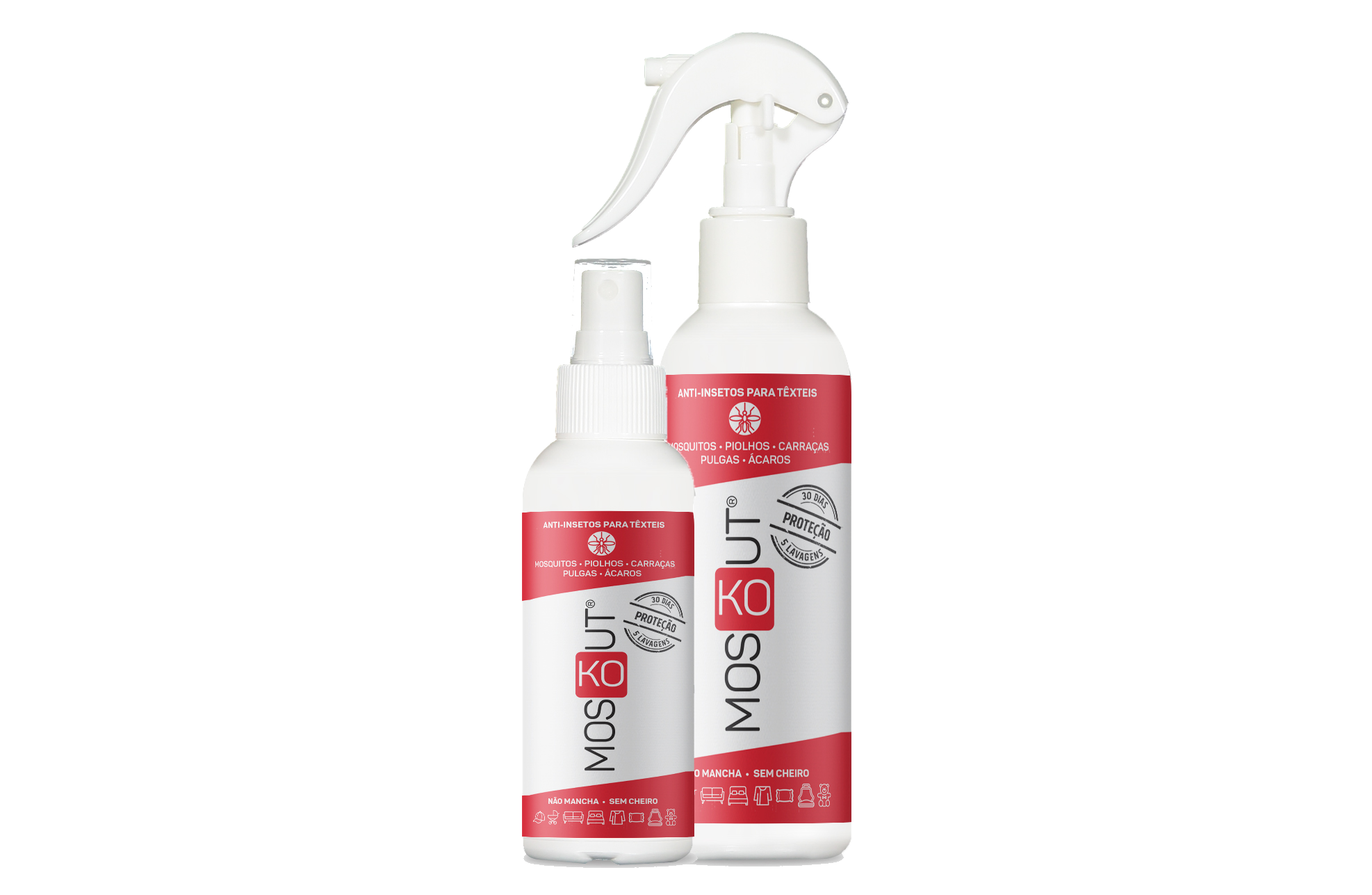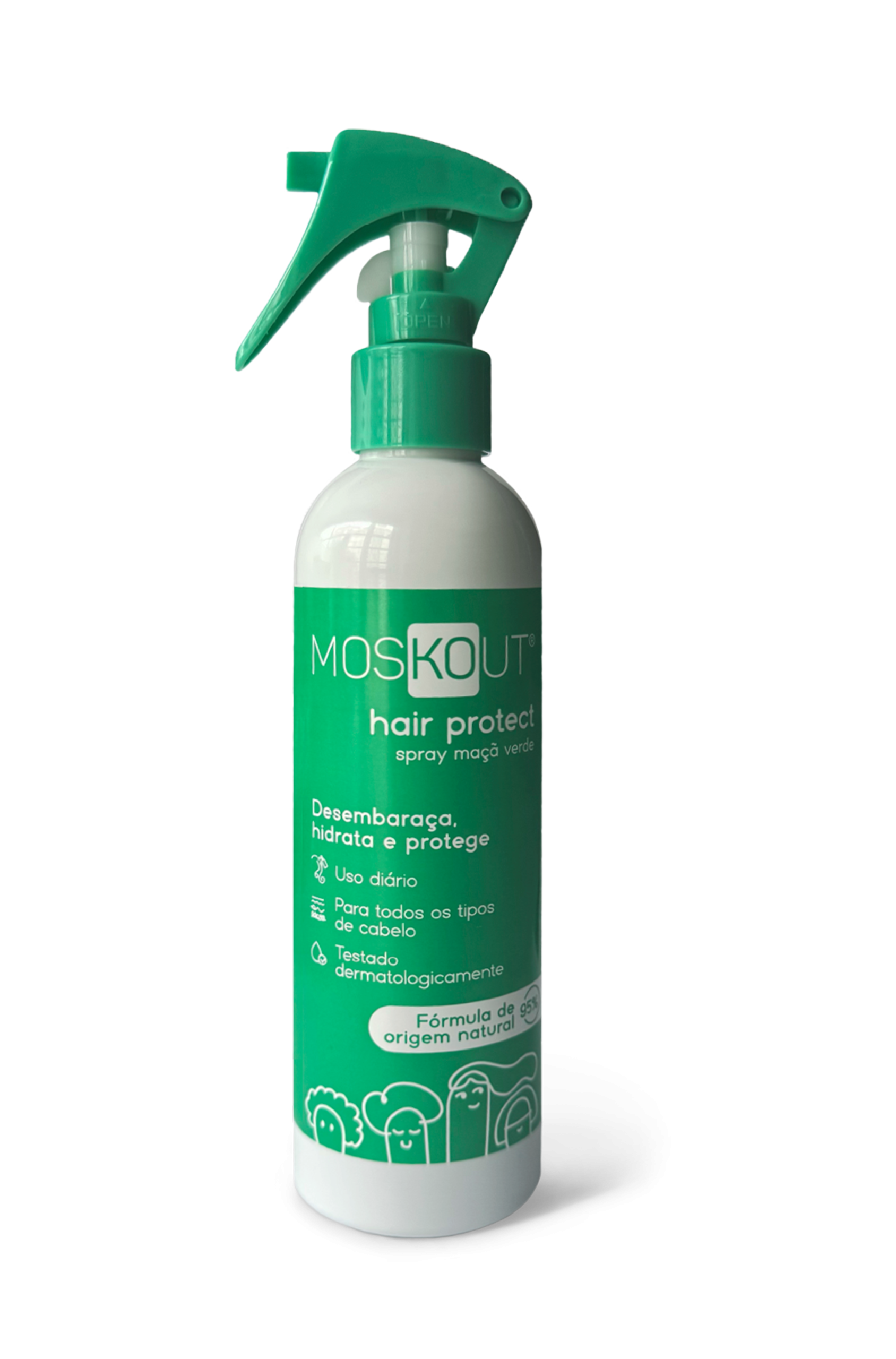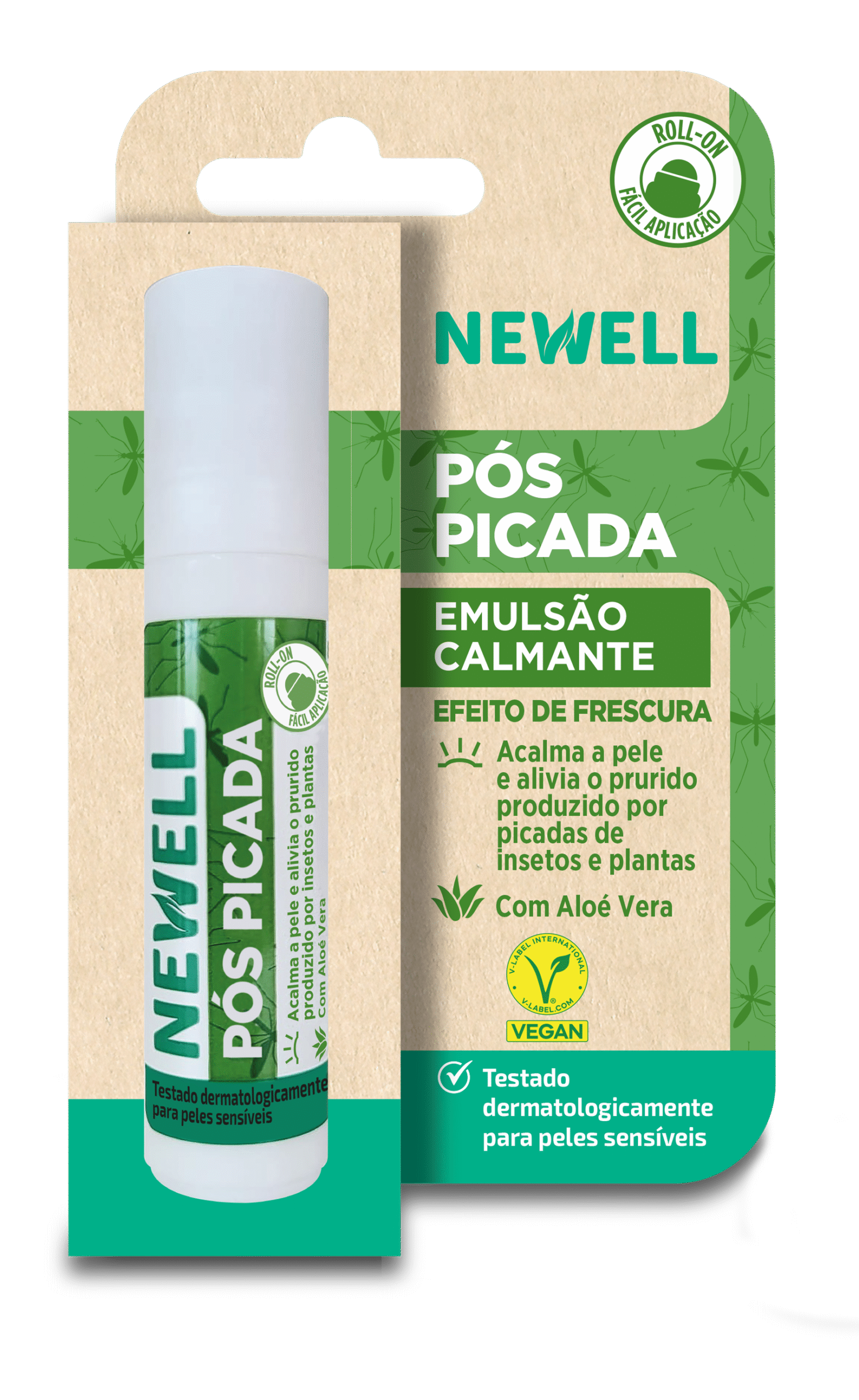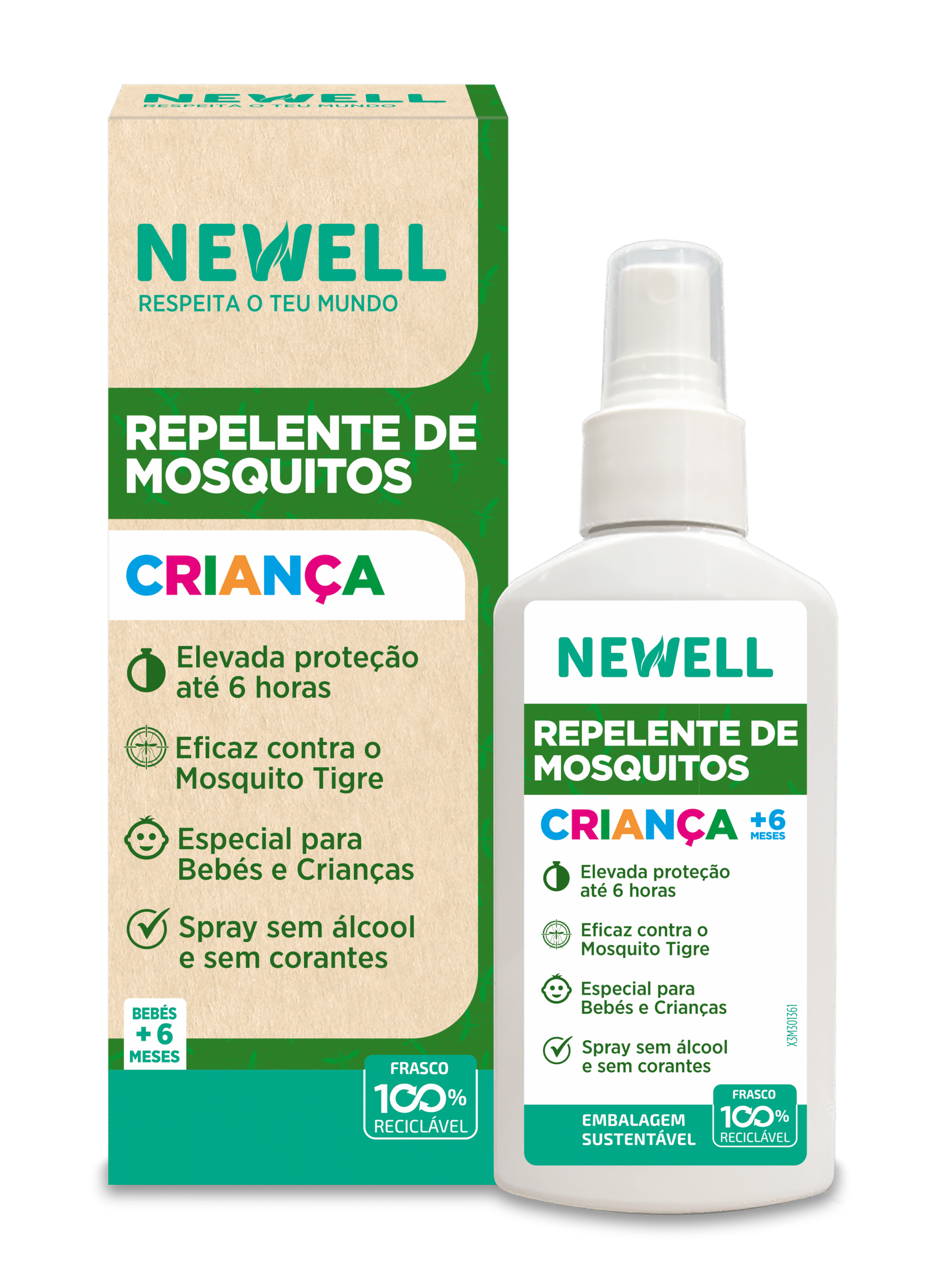
Estudos Clínicos
Repelência Têxtil
Arthropod-borne diseases such as malaria, dengue, scrub typhus, and leishmaniasis continue to pose a significant threat to U.S. military forces deployed in support of operational and humanitarian missions. These diseases are transmitted by a variety of arthropods, including mosquitoes, ticks, chiggers, sand flies, and biting midges. In addition to disease threats, biting arthropods can cause dermatitis, allergic reactions, and sleep loss; therefore, monitoring of vector impact and integrated use of personal protective measures (PPM) and methods to reduce the vector populations are needed to protect service members. The U.S. military has played a vital role in vector identification tools and the development and testing of many of the most effective PPM and vector control products available today, including the topical repellent DEET and the repellent/insecticide permethrin, which is applied to clothing and bed nets. Efforts to develop superior products are ongoing. Although the U.S. military often needs vector control products with rather specific properties (e.g., undetectable, long-lasting in multiple climates) in order to protect its service members, many Department of Defense vector control products have had global impacts on endemic disease control. Journal of Vector Ecology 34 (1): 50-61. 2009. Keywords: Vector control, U.S. military, bed nets, insect repellents, insecticides.
Most emerging infectious diseases today are arthropod-borne and cannot be prevented by vaccinations. Because insect repellents offer important topical barriers of personal protection from arthropod-borne infectious diseases,the main objectives of this article were to describe the growing threats to public health from emerging arthropod-borne infectious diseases,to define the differences between insect repellents and insecticides, and to compare the efficacies and toxicities of chemical and plant-derived insect repellents. Internet search engines were queried with keywords to identify scientific articles on the efficacy, safety, and toxicity of chemical and plant-derived topical insect repellants and insecticides to meet these objectives. Data sources reviewed included case reports; case series; observational, longitudinal, and surveillance studies; and entomological and toxicological studies.Descriptive analysis of the data sources identified the most effective application of insect repellents as a combination of topical chemical repellents, either N-diethyl-3-methylbenzamide(formerlyN,N-diethyl-m-toluamide, or DEET) orpicaridin, and permethrin- impregnated or other pyrethroid-impregnated clothing over topically treated skin. The insecticide-treated clothing would provide contact-level insecticidal effects and provide better, longer lasting protection against malaria-transmitting mosquitoes and ticks than topical DEET or picaridina lone. In special cases, where environmental exposures to disease-transmitting ticks, biting midges, sandflies, or blackflies are anticipated, topical insect repellents containing IR3535, picaridin, or oil of lemoneucalyptus (p-menthane-3,8-diolorPMD) would offer better topical protection than topical DEET alone. KEYWORDS: repellents, insect, insecticides, infectious diseases, arthropod-borne, mosquito-borne, tick-borne
Biological hazards such as exposure to ticks and mosquitoes can affect health. Permethrin-treated clothing is available to the public. We don’t currently understand, however, the effects of environmental factors such as fabric type, washing, sunlight, and temperature on permethrin content in treated clothing with respect to mosquito knockdown and mortality. We evaluated the extent to which fabric type (100% cotton denim jeans, 100% polyester work shirt, 35% cotton/65% polyester work shirt), light exposure (0 or 100%), temperature (18 °C, 32 °C), and number of washes (0, 3, 12, 36) affected mosquito knockdown 2 hours post-exposure, mosquito mortality 24 hours post-exposure, and permethrin content. All fabrics used in this study were treated with permethrin at a concentration of 125 μg/cm2. Denim fabric having no washes and no light exposure showed the highest amount of permethrin. Washing and light exposure significantly reduced the ability of permethrin-treated fabrics to induce mosquito knockdown and/or mortality under the simulated conditions used for this test. Temperatures tested did not affect permethrin content or mosquito knockdown and mortality. Long-lasting impregnation of uniforms protects against mosquito bites under simulated laboratory conditions. Employers and employees should consider the use of permethrin-impregnated clothing and uniforms in addition to daily repellent sprays.
Carraças
BACKGROUND: Because of frequent exposure to tick habitats, outdoor workers are at high risk for tick-borne diseases. Adherence to National Institute for Occupational Safety and Health-recommended tick bite prevention methods is poor. A factory-based method for permethrin impregnation of clothing that provides long-lasting insecticidal and repellent activity is commercially available, and studies are needed to assess the long-term effectiveness of this clothing under field conditions. PURPOSE: To evaluate the protective effectiveness of long-lasting permethrin impregnated uniforms among a cohort of North Carolina outdoor workers. DESIGN, SETTING AND PARTICIPANTS: A double-blind RCT was conducted between March 2011 and September 2012. Subjects included outdoor workers from North Carolina State Divisions of Forestry, Parks and Recreation, and Wildlife who worked in eastern or central North Carolina. A total of 159 volunteer subjects were randomized, and 127 and 101 subjects completed the first and second years of follow-up, respectively. INTERVENTION: Uniforms of participants in the treatment group were factory-impregnated with long-lasting permethrin whereas control group uniforms received a sham treatment. Participants continued to engage in their usual tick bite prevention activities. MAIN OUTCOME MEASURES: Incidence of work-related tick bites reported on weekly tick bite logs. RESULTS: Study subjects reported 1,045 work-related tick bites over 5,251 person-weeks of follow-up. The mean number of reported tick bites in the year prior to enrollment was similar for both the treatment and control groups, but markedly different during the study period. In our analysis conducted in 2013, the effectiveness of long-lasting permethrin impregnated uniforms for the prevention of work-related tick bites was 0.82 (95% CI¼0.66, 0.91) and 0.34 (95% CI=-0.67, 0.74) for the first and second years of follow-up. CONCLUSIONS: These results indicate that long-lasting permethrin impregnated uniforms are highly effective for at least 1 year in deterring tick bites in the context of typical tick bite prevention measures employed by outdoor workers.
Clothing treated with the pyrethroid permethrin is available in the United States as consumer products to prevent tick bites. We used tick bioassays to quantify contact irritancy and toxicity of permethrin-treated clothing for three important tick vectors of human pathogens: the blacklegged tick, Ixodes scapularis Say (Acari: Ixodidae); the lone star tick, Amblyomma americanum (L.) (Acari: Ixodidae); and the American dog tick, Dermacentor variabilis (Say) (Acari: Ixodidae). We first demonstrated that field-collected I. scapularis nymphs from Minnesota were as susceptible as laboratory-reared nymphs to a permethrin-treated textile. Field ticks examined in bioassays on the same day they were collected displayed contact irritancy by actively dislodging from a vertically oriented permethrin-treated textile, and a forced 1-min exposure resulted in all ticks being unable to move normally, thus posing no more than minimal risk of biting, 1 h after contact with the treated textile. Moreover, we documented lack of normal movement for laboratory-reared I. scapularis nymphs by 1 h after contact for 1 min with a wide range of permethrin-treated clothing, including garments made from cotton, synthetic materials, and blends. A comparison of the impact of a permethrin-treated textile across tick species and life stages revealed the strongest effect on I. scapularis nymphs (0% with normal movement 1 h after a 1-min exposure), followed by A. americanum nymphs (14.0%), I. scapularis females (38.0%), D. variabilis females (82.0%), and A. americanum females (98.0%). Loss of normal movement for all ticks 1 h after contact with the permethrin-treated textile required exposures of 1 min for I. scapularis nymphs, 2 min for A. americanum nymphs, and 5 min for female I. scapularis, D. variabilis, and A. americanum ticks. We conclude that use of permethrin-treated clothing shows promise to prevent bites by medically important ticks. Further research needs are discussed. KEYWORDS: Amblyomma americanum, Dermacentor variabilis, Ixodes scapularis, bioassay, permethrin-treated clothing
Mosquitos
Pyrethroid-treated clothing is commonly worn for protection against mosquitoes; pyrethroids are both insecticides and repellents. Pyrethroid resistance has become increasingly common in Aedes aegypti, the vector of dengue, Zika, and other arboviruses, but it is not clear whether resistance is associated with reductions in repellency. In order to determine whether long-lasting permethrin impregnated (LLPI) clothing is protective, we used Aedes aegypti from New Orleans, LA (pyrethroid-sensitive) and San Juan, PR (resistant) to measure both lethality and repellency. PCR and Sanger sequencing were used to confirm resistance status by detecting mutations in the kdr gene at positions 1016 and 1534. Arm-incage trials of 100 Aedes aegypti females from both populations were performed for 10 minutes to bare arm or an arm clothed in untreated military camouflage or military camouflage impregnated with deltamethrin, permethrin, or etofenprox. Trials were repeated 4±5 times on different days. Number of landings, number of blood meals, and immediate and 24-hour mortality were recorded. Mortality was extremely low in all trials. Compared to untreated cloth, mosquitoes demonstrated a trend towards a 2%-63% reduction in landings and a statistically significant 78±100% reduction in blood feeding on pyrethroid-treated cloth for most insecticides. Effects were observed in both pyrethroid-sensitive and pyrethroid-resistant mosquito populations. Our data show that kdr mutations are associated with pyrethroid resistance but are likely not the only contributors. Pyrethroids appear to maintain repellent effect against resistant mosquitoes. This finding suggests that even in places where pyrethroid resistance is widespread, permethrin still has a role for use as a repellent on clothing to protect against mosquito bites.
Geraniol is a commercially important terpene alcohol occurring in the essential oils of several aromatic plants. It is one of the most important molecules in the flavour and fragrance industries and is a common ingredient in consumer products produced by these industries. In addition to its pleasant odour, geraniol is known to exhibit insecticidal and repellent properties and used as a natural pest control agent exhibiting low toxicity. Geraniol has been suggested to represent a new class of chemoprevention agents for cancer. Other biological activities such as antimicrobial, antioxidant, anti-inflammatory and some vascular effects have also been investigated. The effect of geraniol as a penetration enhancer for transdermal drug delivery has also attracted the attention of researchers and formulation scientists. This review aims to coherently discuss some of the most important applications of geraniol and unites the results obtained from several studies reporting the biological properties of this molecule. KEYWORDS: Bioactivity; Biosynthesis; Geraniol; Nerol; Repellency
Ácaros
The acaricidal activity of synthetic pyrethroid and benzyl benzoate against Dermatophagoides pteronyssinus was examined in the laboratory, using a specially designed test set up. On the basis of median lethal dose (LD50) values, the compound found to be most toxic to D. pteronyssinus was benzyl benzoate (LD50 = 50 mg/m2), followed by permethrin (LD50 = 76.7 mg/m2), deltamethrin (LD50 = 146.7 mg/m2), esbioallenthrin (LD50 = 186.6 mg/m2) and lamdacyhalothrin (LD50 = 756.6 mg/m2). Very low toxicity was observed with bifenthrin (LD50 = 5157.8 mg/m2). A laboratory control trial was also carried out to compare the acaricidal activity (residual effect) of four pyrethroids impregnated on woven and non-woven encasement materials against house dust mites during a 4-month period. Of the pyrethroids used in this study, esbioallenthrin demonstrated the highest acaricidal activity, and of the pyrethroid impregnated materials, the non-woven encasement material was more effective than the woven encasement material. KEYWORDS: Deltamethrin, Dermatophagoides pteronyssinus, Esbioallenthrin, Lamdacyhalothrin, Permethrin, Pyrethroid impregnated-encasement materials, Relative toxicity index
Anti-Insetos para Têxteis
30 dias ou 5 lavagens de proteção
Protege contra:
Mosquitos/Melgas, Piolhos/Lêndeas, Carraças, Ácaros, Percevejos e Barbeiros
Eficaz contra:
Dengue, Zika, Malária, Febre da Carraça, Chikungunya, entre outras
População Alvo:
Viajantes, Entusiastas da Natureza, Bebés ≥ 6 meses, Grávidas e Lactantes, Idosos acamados
O que nos distingue
| CRITÉRIO | Permetrina | DEET |
| Gravidez / Amamentação | ✓ | ⚠️ |
| Bebés | ≥ 6 meses | ≥ 2 anos |
| Pele Sensível | ✓ | ✘ |
| Sensação na Pele | N/A | Oleosa/Pegajosa |
| Cheiro | Inodoro | Desagradável (Químico) |
| Eficácia com Protetor Solar | ✓ | ✘ |
Características
Pode ser aplicado em todos os têxteis
Não mancha a roupa e não apresenta cheiro após secar
Pode ser aplicado em roupa e tecidos de bebés com mais de 6 meses e grávidas
Pode ser utilizado em simultâneo com repelentes cutâneos
Modo de Utilização
ZONAS DE APLICAÇÃO
T-SHIRTS
CALÇAS
CAMISAS
LENÇÓIS


